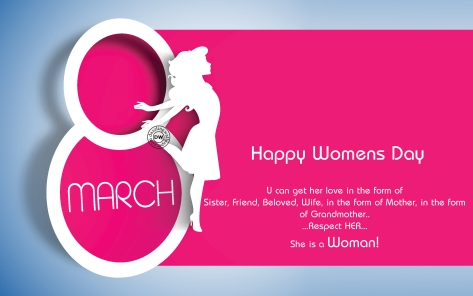I’m using the name “Bano” to represent women and does not refer to any person living or dead. During a talk by my friend from Michigan, USA about ‘Culture, Gender, and Education: Perspective of a Teaching Father’ brought back memories of a chapter in the Urdu textbook. The chapter titled “Bano ka Ghar” (Bano’s home), depicts a girl named Bano, who works with her mother at home, while her brother goes to school. Many educationists have tried hard to send Bano to school too (changing the story of the chapter), but I think Bano still stays at home. How social roles are depicted in the textbooks, is another long debate.
Around the world, we might see Banos who stay at home, who go to school, and who work in different fields.
Banos who stay at home, some are dearly loved and enjoy rights and there are those as well who are abused by their family members, who treat them as servants and consider them as a burden on the family.
Banos who go to school, some might be dearly loved and cared for by their families, yet some might be treated differently by their families, where they go back home and do household chores to help their mothers. They might go through hell of a time just because they chose to go to school during the time when they were suppose to take care of household responsibilities.
Working Banos can be educated or uneducated. Educated Banos, like me, are considered professionally accomplished. There are educated Banos, who work as typists and secretaries. who along with their work might be harassed by their bosses or male colleagues. Besides dealing with all the crap in the offices, Banos’ working hours do not end with their male counterparts. When they reach home, they might have to prepare food, teach kids, entertain guests, iron clothes for the next day, etc. Uneducated Banos who might work as maids or even street beggars, they go back home, only to work more along with being abused. Banos who are professional escorts may or may not have the same home-life as Banos from other fields.
Whether Bano goes to school or stays home or works as a maid, enjoys high social post, or is an escort, the question is what rights she has and how protected she is within the boundary walls of their homes or offices or on streets? I can’t answer this question.
In our society, every day no matter where Bano is or what she is doing, she is stared at, abused mentally, emotionally, physically, and sexually. Two days back, in the morning while driving to my university, at DHA main checkpoint a taxi driver slowed down, just to give me a look from his side mirror and of course Banos like me, do give them a piece of their mind. Many argue that it is the way of dressing and make up that women wear. Well, how can a driver know what a woman in the car behind is wearing unless he has Superman’s x-ray eyes? It is not so much about the dressing but rather it is the mindset that needs to be changed. Many say that women should be kept within the boundary wall, but for a change can you teach men to behave and can you guarantee safety of women within the boundary walls?
I have become verbally abusive and physically aggressive. I have actually beaten up three men at three different times and I plan to do it whenever I have to. But is this the solution that we train our females to hit hard when filthy looking men dare to abuse them and don’t tell our men to control themselves? I can’t walk alone in my neighborhood just because the laborers might say nasty things when you walk by. Why didn’t I feel so unprotected and vulnerable in the five years I spent in the US? I walked in the street at 2 am, but never was scared. I am not implying that angels live in the US and that there are no crimes against women there. Of course, there are. But I still felt safe when I went out for my 3-5 mile walk daily, when I greeted an unknown face on my way, stopped to take pictures, sat alone in a bus/ cab in the middle of the night, or called an unknown number to get some information. Why can’t we give this type of peace of mind to our females?

